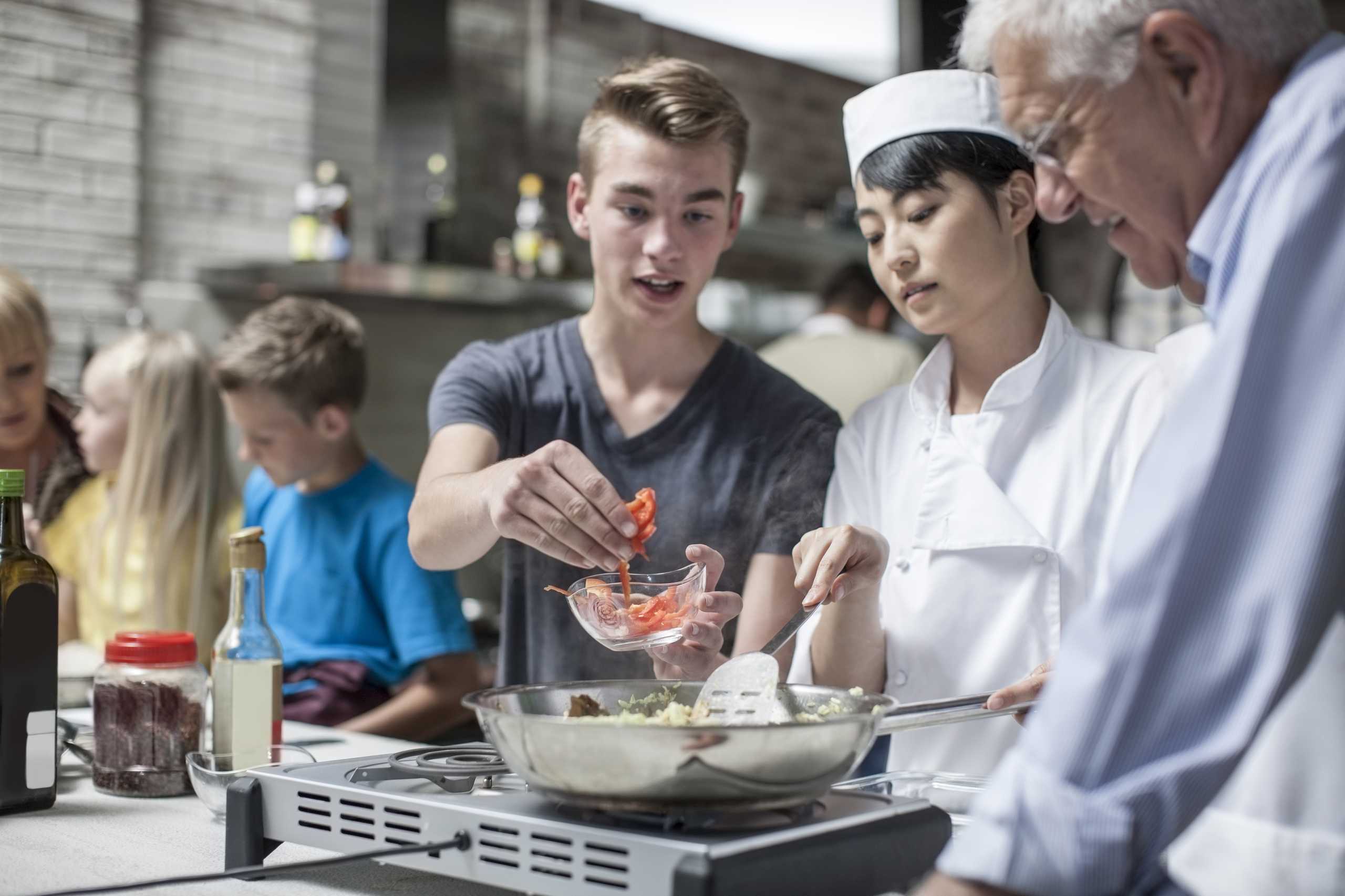In Japanese cuisine, the knife is more than a tool — it’s an extension of the chef’s hand and spirit. Learning the art of Japanese knife skills opens the door to precision, efficiency, and respect for ingredients.
The Importance of Proper Knife Techniques
Japanese knives are designed specifically for different tasks — from delicate slicing of sashimi to chopping vegetables with clean cuts. Mastering these techniques ensures ingredients retain their texture and flavor, enhancing the final dish’s presentation and taste.
Essential Knives in a Japanese Kitchen
A traditional Japanese kitchen typically includes:
- Yanagiba: Long, thin knife for slicing raw fish
- Deba: Heavy-duty knife for filleting and cutting through bones
- Usuba: Thin knife for precise vegetable cutting
Understanding when and how to use each knife is crucial for authentic preparation.
Care and Maintenance: Respecting Your Tools
A sharp, well-maintained knife is vital. Proper honing, sharpening, and cleaning prolong a knife’s life and ensure safety. This care reflects the deep respect Japanese chefs have for their tools, seeing them as partners in the creative process.
Developing Your Skills
Practice is key. Starting slowly, focusing on posture, grip, and motion builds muscle memory. With time, these skills become fluid, allowing you to work efficiently and beautifully in the kitchen.
Conclusion
Japanese knife skills are an art form, blending functionality with elegance. As you develop these techniques, you not only improve your cooking but deepen your connection to Japanese culinary traditions.

